Last-Minute NYC Holiday Gift Guide 🎁
We’ve created a holiday gift guide with presents for the intrepid New Yorker that should arrive just in time—


Originally built in the late 1930s, Tiong Bahru Estate was developed by the Singapore Improvement Trust (SIT), a British colonial organisation, with the mandate to provide public housing. When the Estate was first completed, it was at the height of modernism and luxury for this city-state (being one of the first developments to have indoor plumbing and sewage) catering to more affluent Singaporeans. It was particularly known for its art deco architecture, which has resonated for over half a century because of its conservation status.
However, over time as Singapore matured and with more housing estates built by the SIT’s successor, Housing Development Board, Tiong Bahru Estate slowly dilapidated. By the 1990s, the neighborhood was often used to house foreign laborers, usually from the construction line, often with 10-15 people living in derelict three-bedroom units.
The first step of its modern-day renaissance was in 2003 when the Urban Redevelopment Authority granted a “conservation status” to the pre-war developed parts of the Estate. It was the heritage and architecture that struck a chord in Singapore’s fast-changing and modern landscape.
Nowadays, Tiong Bahru’s appeal has grown for those looking for something less standard than modern high-rise living. The residential units include clusters of two, three or five-story buildings with most having spiralled or zigzagged stairwells snaking up the exteriors. Moreover, it is one of very few neighborhoods where you wake up to birds chirping, the sounds of trees swaying outside your window or children running around and enjoying themselves.

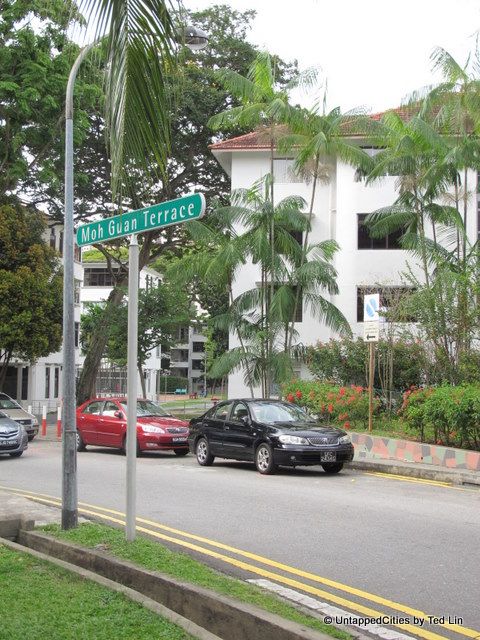
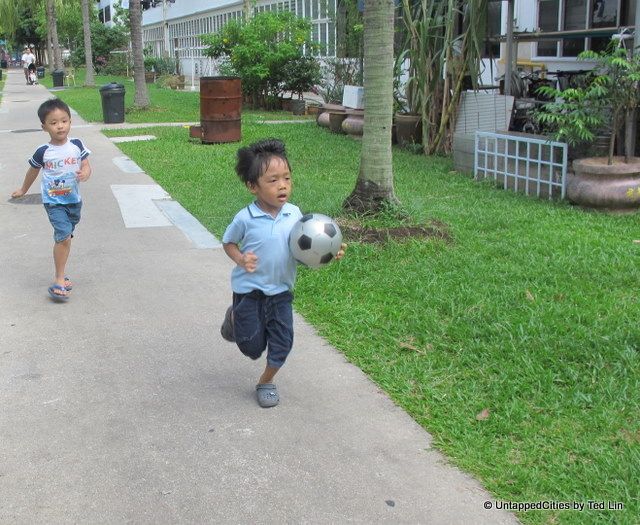
A resident rests between his cardboard collecting duties:
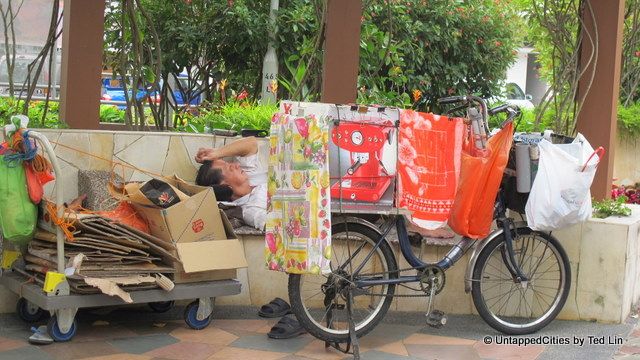
The residents include an eclectic mix of older residents who can be seen shuffling up and down the streets or congregated in groups sipping on local coffee, to an increasing number of younger professionals who are flocking to the neighburhood lured by Tiong Bahru’s charm and proximity to the central business district and main shopping district (Orchard Road). Another trend has been of younger folks buying old apartments and making major renovations with strong and unique design flairs.
Aside from the famous hawker stalls, restaurants and Tiong Bahru market which have always made the area iconic, there are some newer entrants that include 40 Hands (a popular cafe opened by a Perth native, featured in Tap This), Orange Thimble too serves up some great coffees and is generally a nice place to chill, Books Actually (an alternative book shop which has recently moved from its original Club Street location), Strangelets (a “little design stop” ) and a handful art galleries that dot Yong Siak Street and the nearby lanes.
There’s also an established art gallery, White Canvas, which houses works mainly from Southeast Asia:
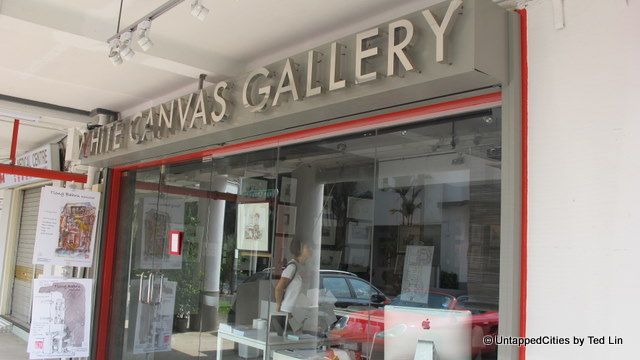
Tiong Bahru’s newest resident, Strangelets, sells quirky items:
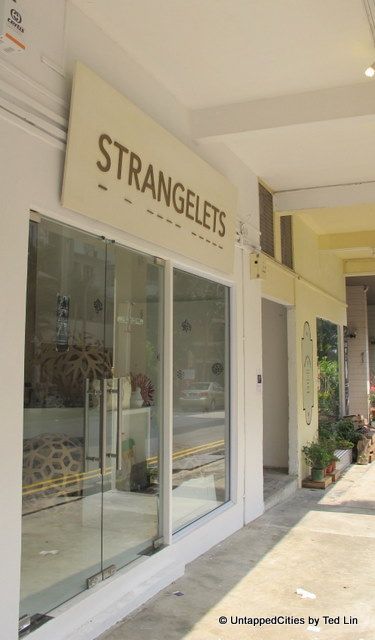
Books Actually, a popular indi bookstore moved from Club Street to this neighborhood: 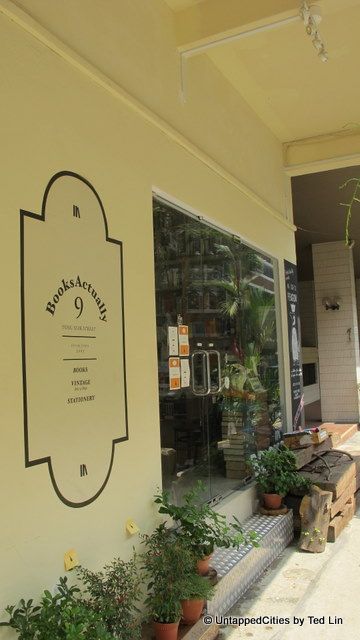
40 Hands brews great coffees, and also serves up cakes and gourmet hotdogs:
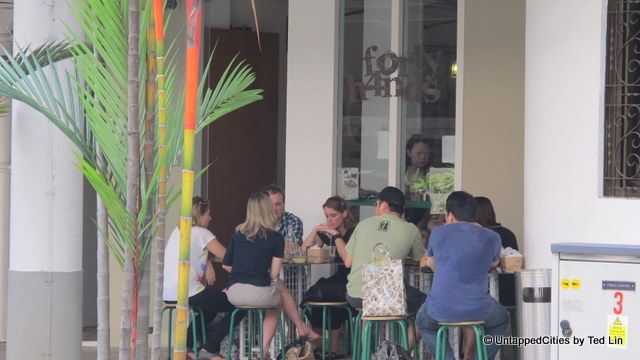
As more cookie-cutter condominiums sprout throughout Singapore, Tiong Bahru Estate has retained its nostalgia and is fast developing a reputation for unique living and a fascinating neighbourhood to visit away from the urban tangles.
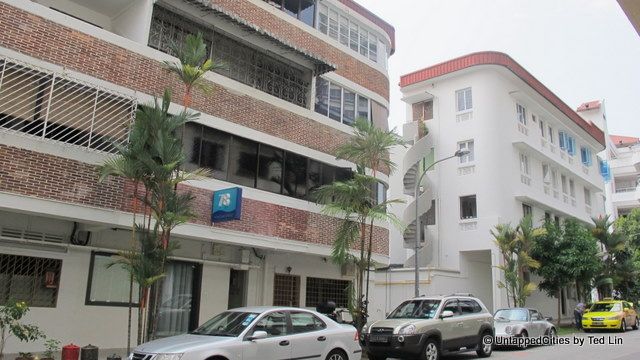
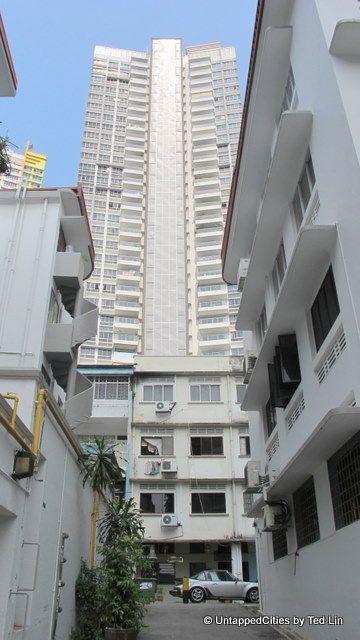
Subscribe to our newsletter